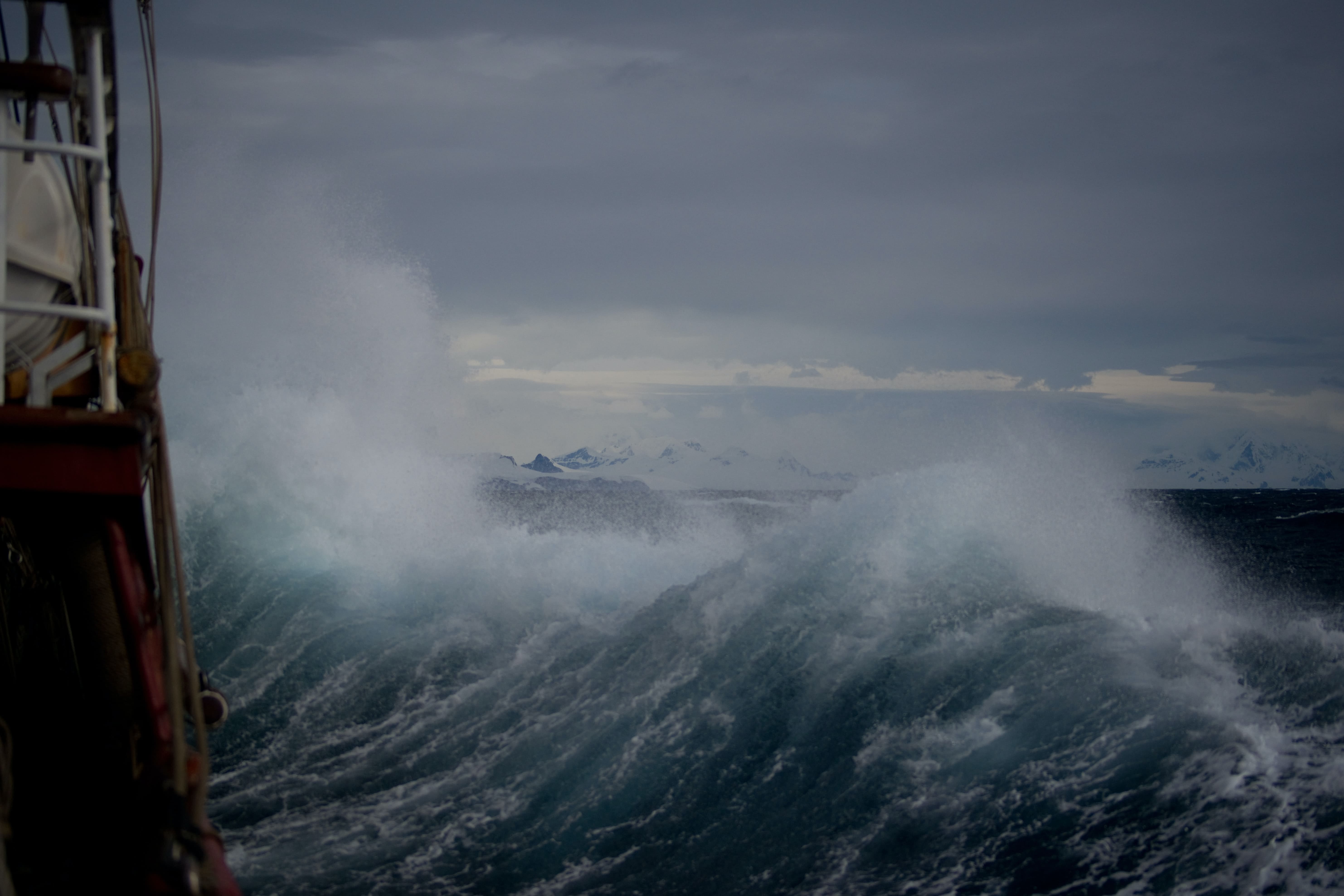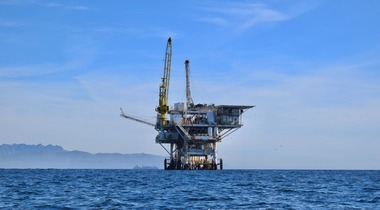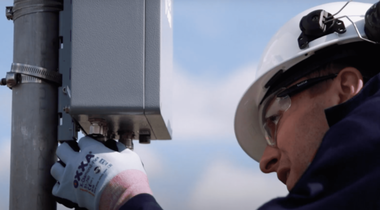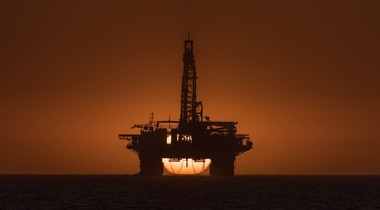Oil wells are tough. Because they have to be. They’re in some of the harshest environments on the planet. And they have to work. No matter what.
And the people who monitor these wells are tough, too. Because visiting wells isn’t an easy task, even when the weather is favourable. But there are some cases where being tough simply isn’t enough. Sometimes the weather makes visiting a well prohibitively dangerous.
Take the monsoon season, for example. From October to March, wet, violent rainstorms batter much of Southeast Asia. These rains can keep boats moored. Cars off roads. And helicopters on land. And these storms are deadly. Al Jazeera claims that monsoons took the lives of over 1600 people in India alone in 2019.
Another example? Hurricane season in the Gulf of Mexico. When a hurricane is on its way, oil companies have to evacuate platforms to make sure crews stay safe. The only people left behind are skeleton crews that are essential to production. And if the hurricane becomes more dangerous, those crews have to leave too.
These weather events mean that pressure monitoring becomes virtually impossible at some points during the year. And even though most wells are built to handle pressure build up, it’s nerve-wracking for engineers, who don’t know what’s happening at the wellhead. If the pressure buildup becomes too much, there are risks for leaks. And the risk grows every day that there isn’t a pressure measurement.



